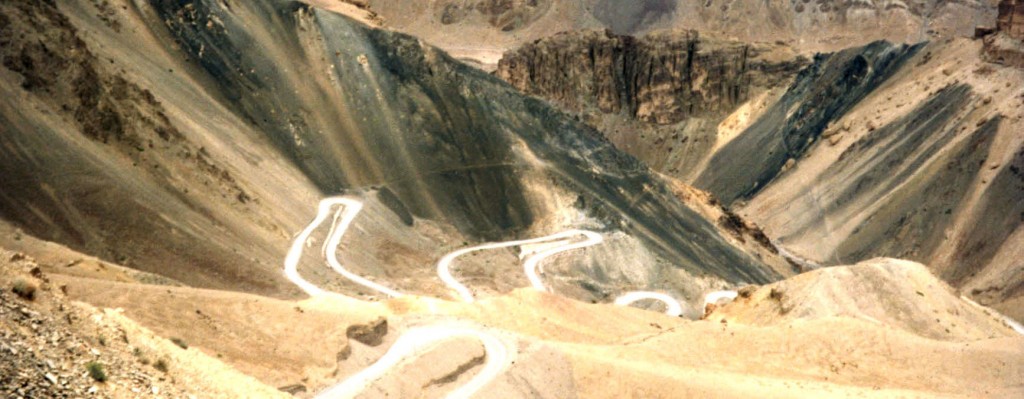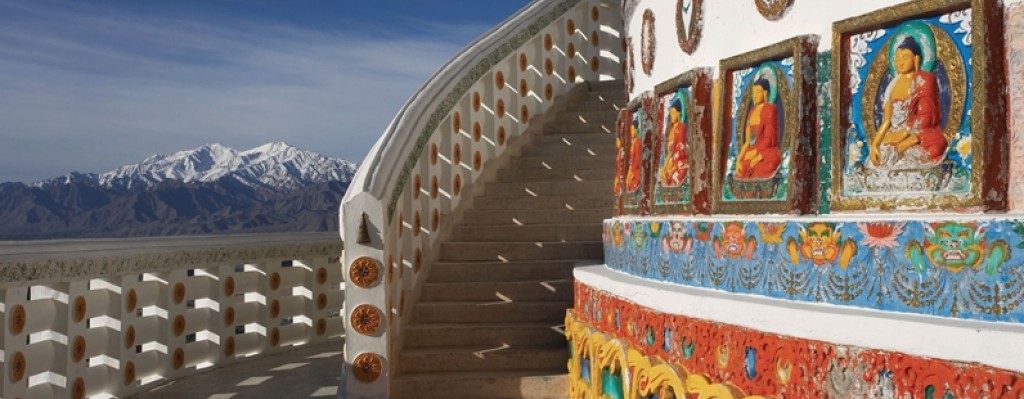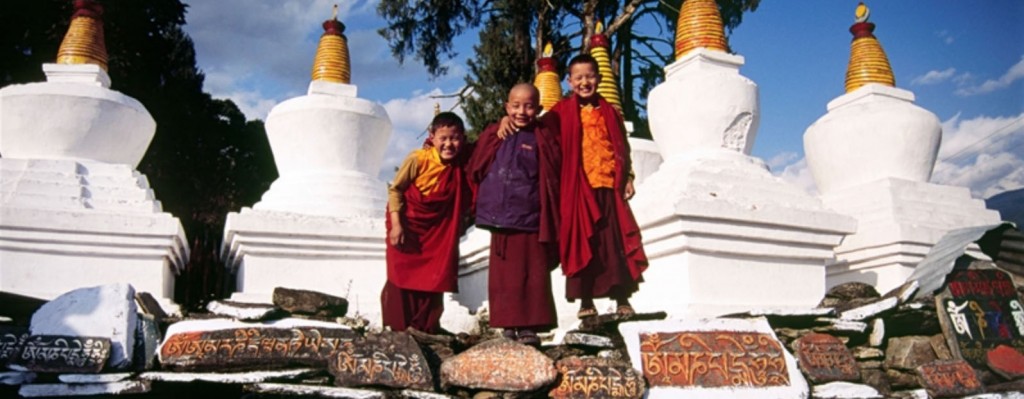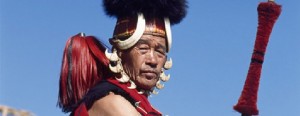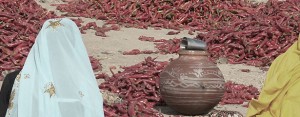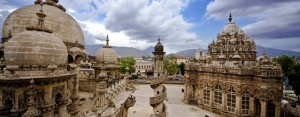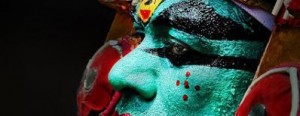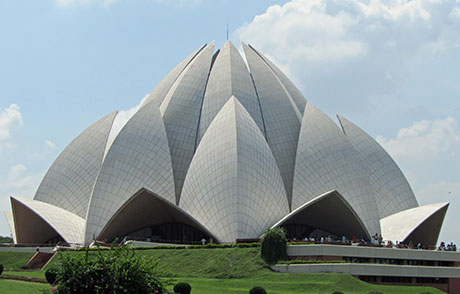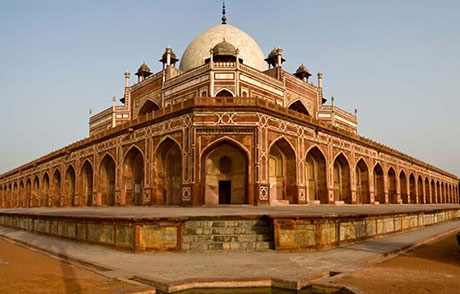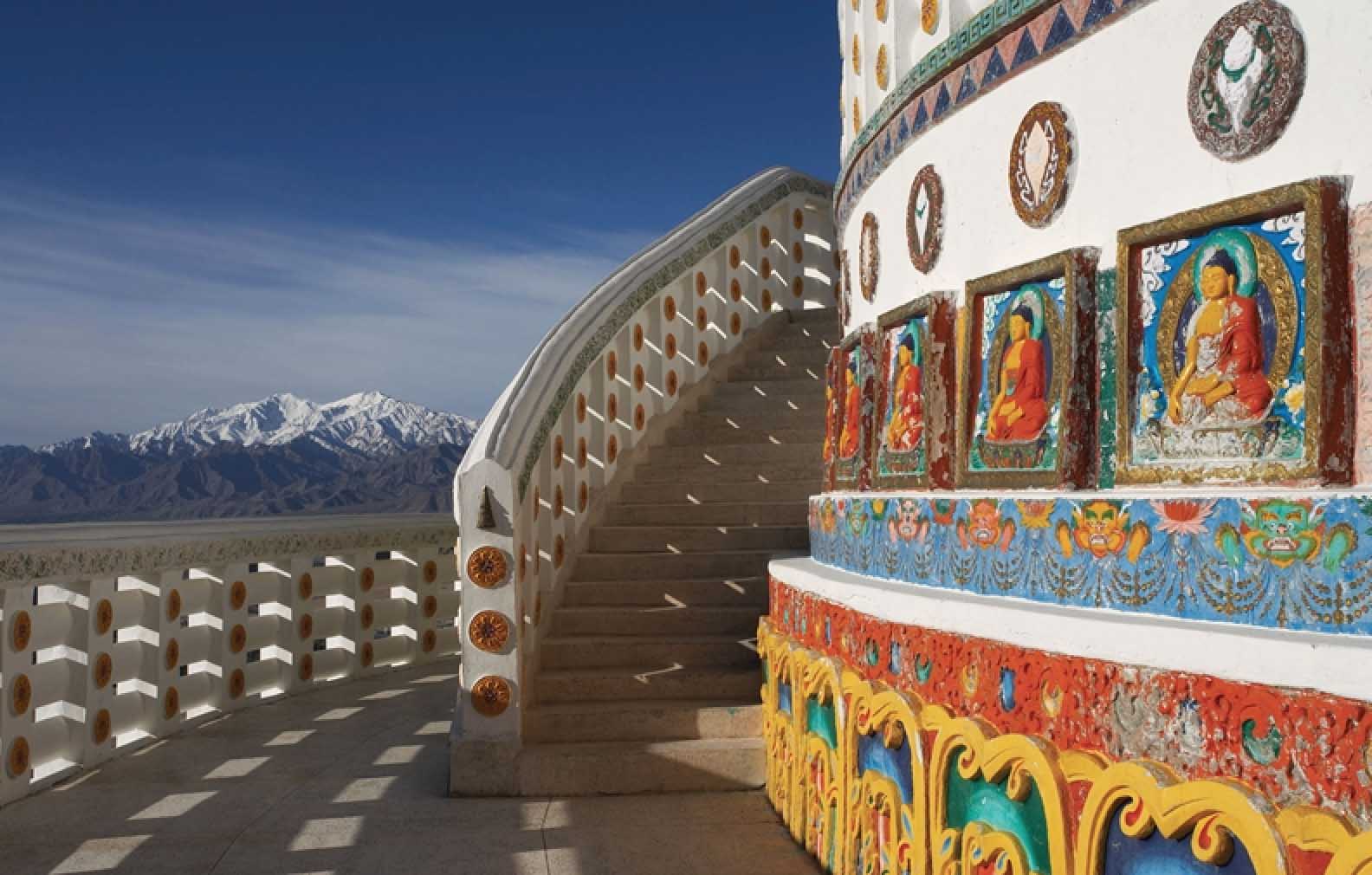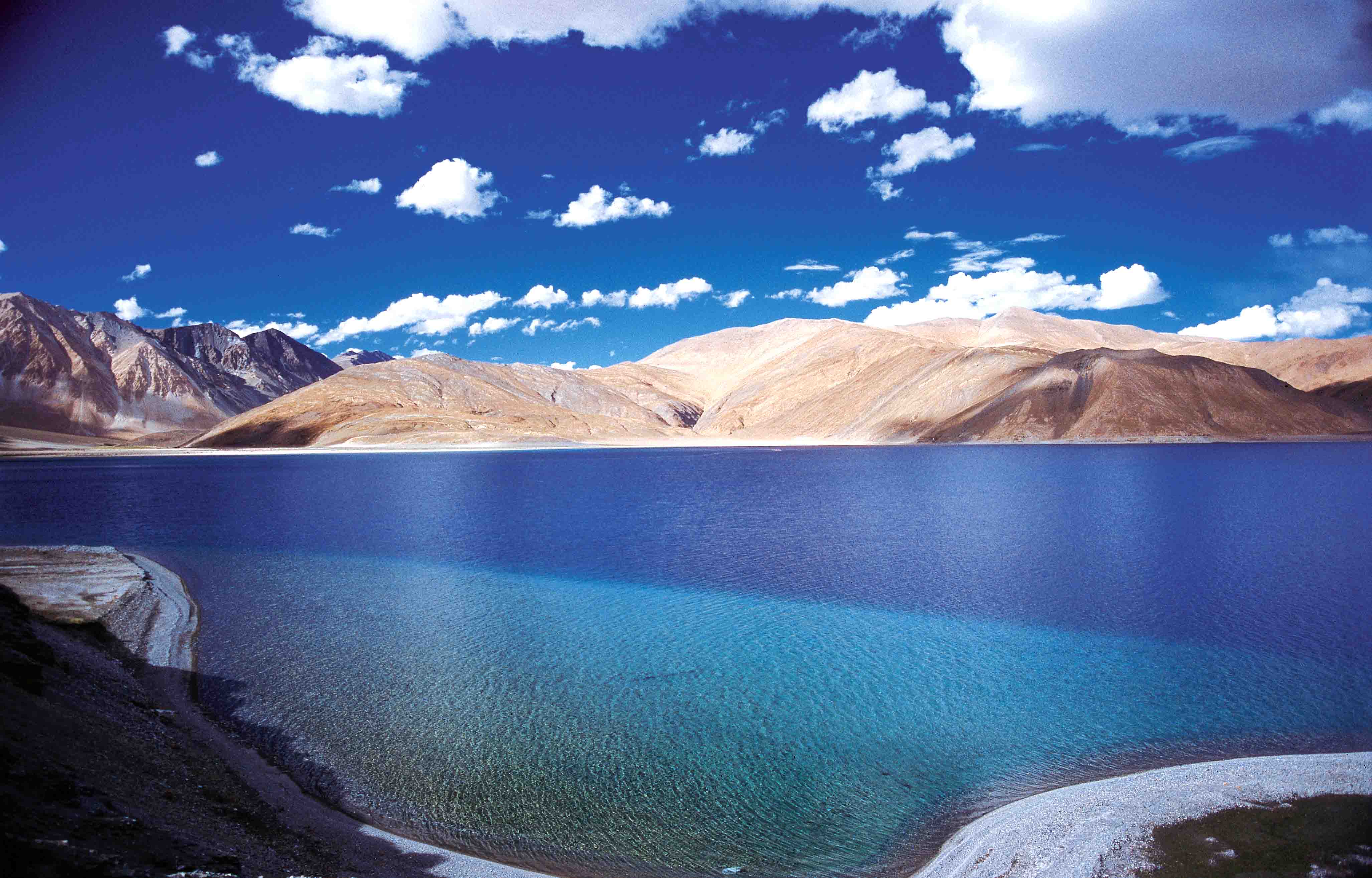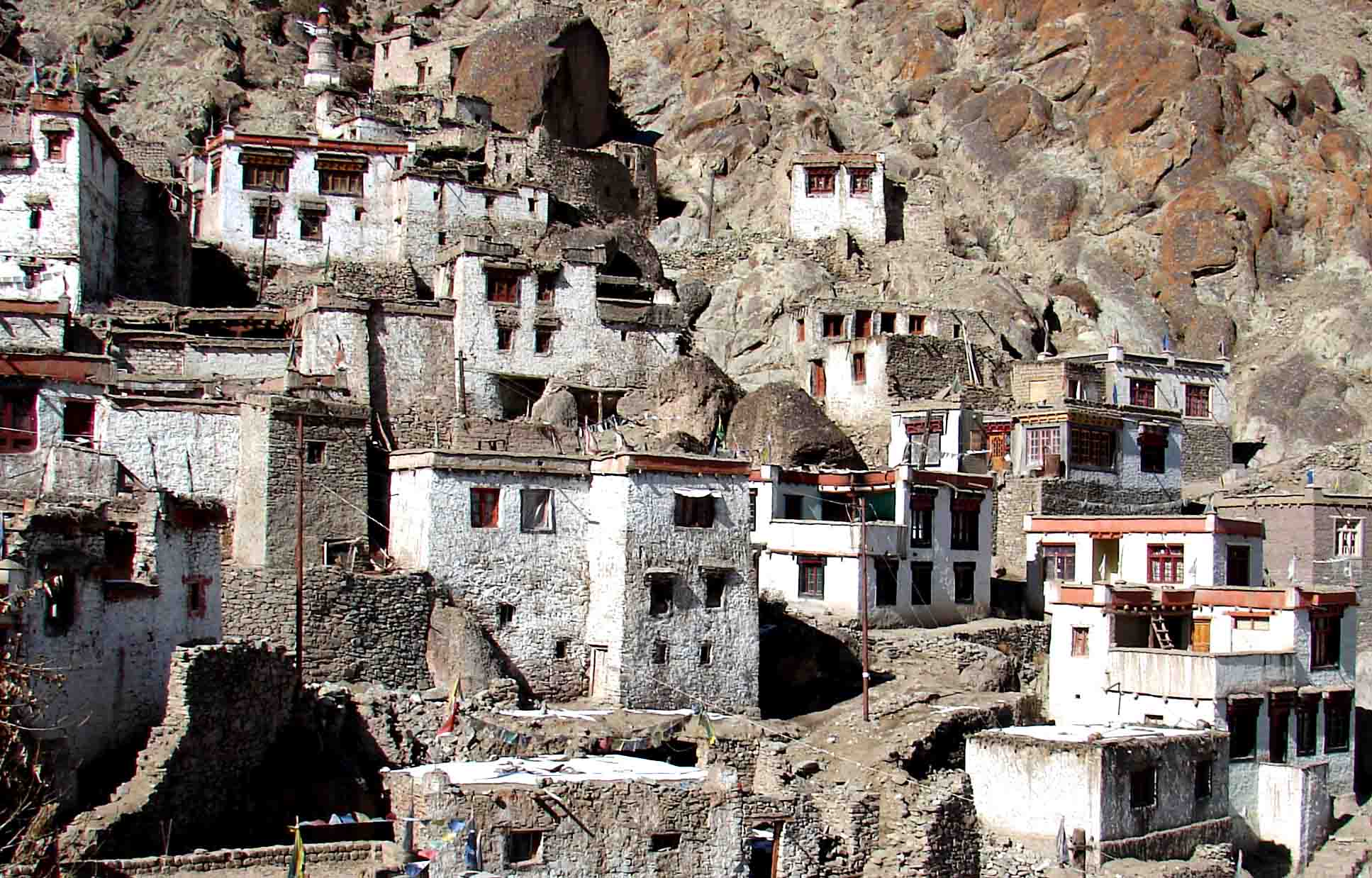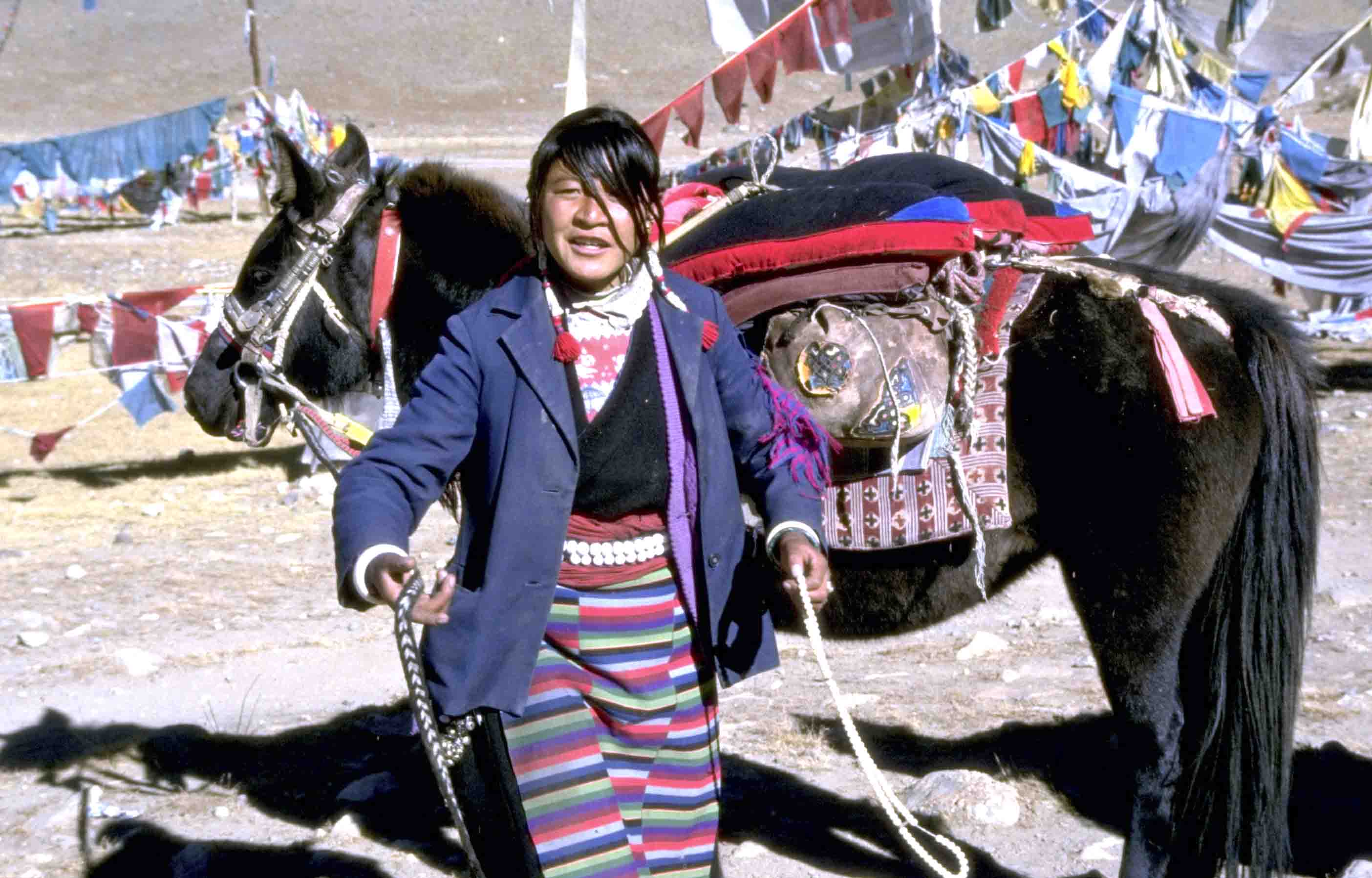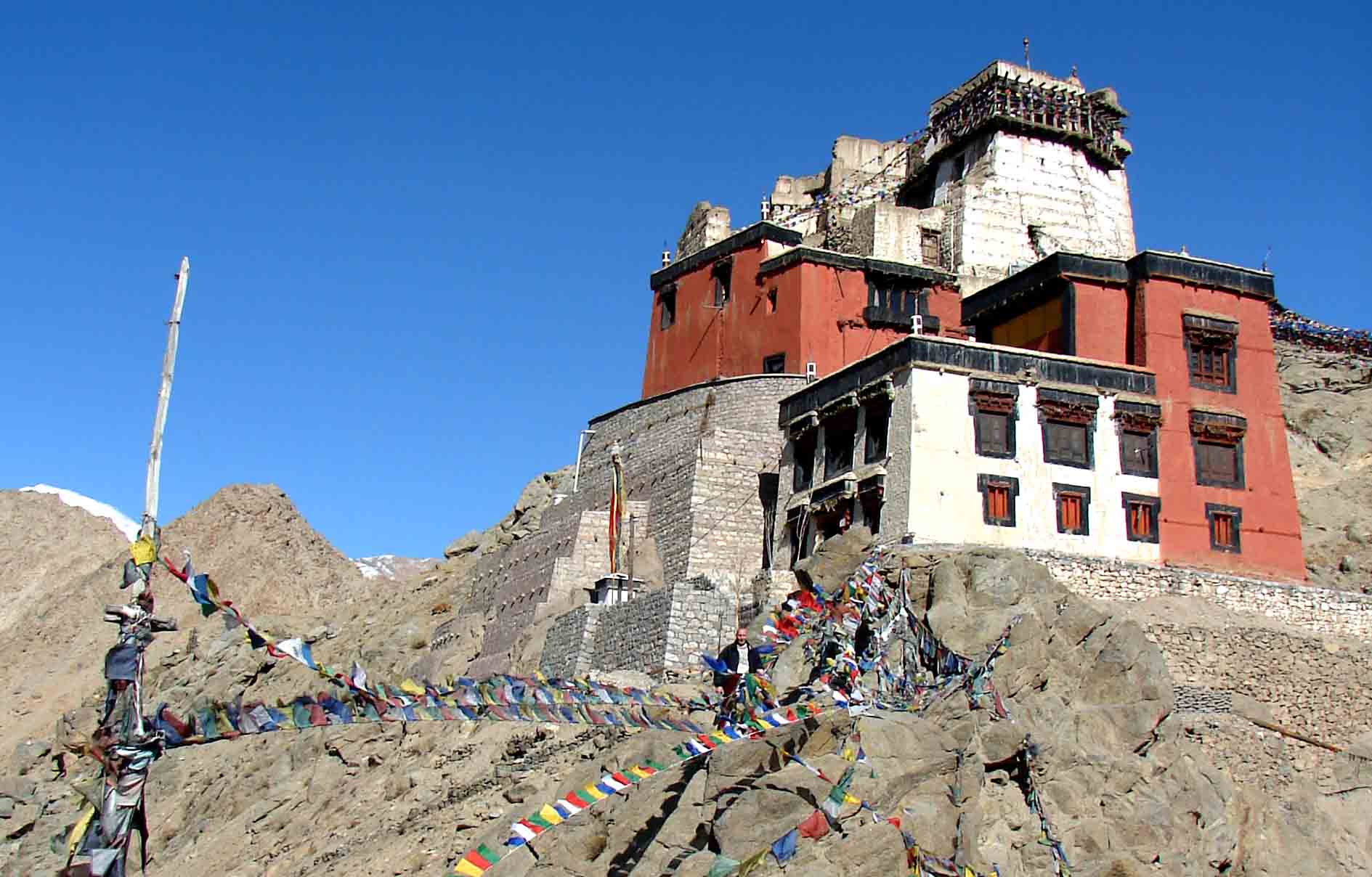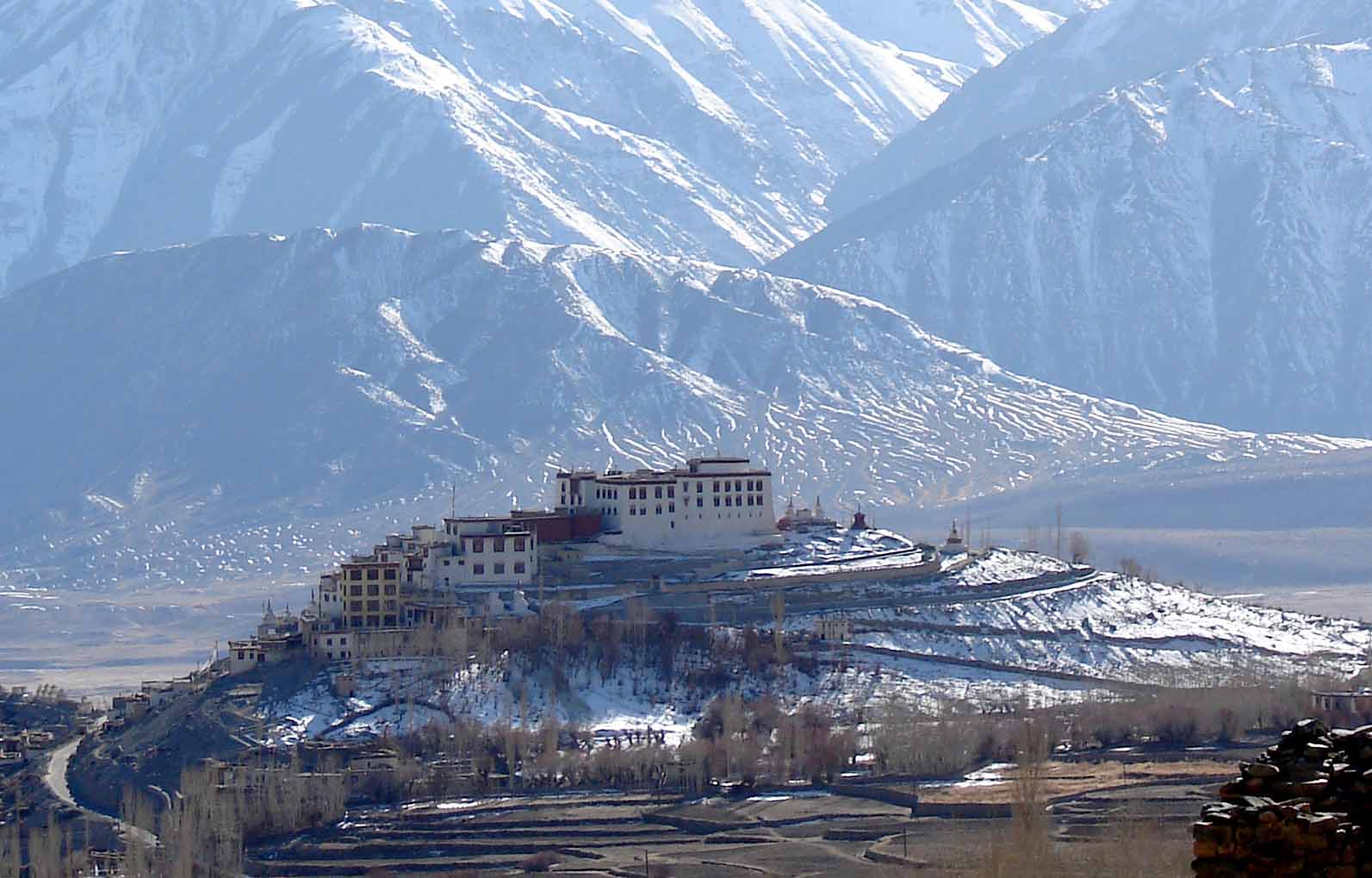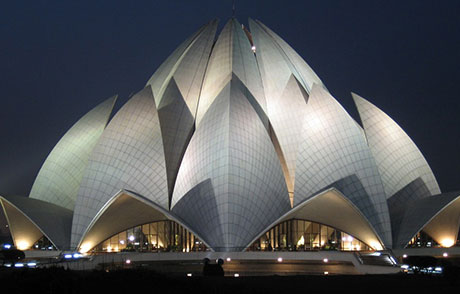Day Delhi
You are met at the airport and transferred to your hotel. The day includes a sightseeing tour of Sir Edward Lutyens’ New Delhi, the garden city built in 1911 by the British. We also visit the Birla Mandir (Lakshminarayan Temple), the President’s House, Humayun’s Tomb (the forerunner of the Taj Mahal), and the India Gate.
Days 2 - 5 Leh
Today we travel by air over the gorgeous snow-covered Himalayan peaks to Leh (3521m) — the capital of Ladakh. Leh is a bustling little town, dominated by the ruins of the ancient castle perched above the main bazaar. People are friendly and are quick to say “Julley!” (hello). With village women selling vegetables along the streets of the main bazaar, laneways studded with stupas, and the green agricultural fields above the town — Leh is a lovely place for walking and exploring. After taking a day to acclimatize to the high altitude we do just that! The Buddhist Gompas we visit include Sankar, Thiksey, Alchi, and Hemis. The monasteries are all different and all fascinating. You will see the lamas (monks) both young and old as they go about their daily rituals and prayers. We also visit a traditional Ladakhi home where you will get a chance to sample the local barley beer called “chang”, the staple food “tsampa” a roasted barley flour, and the famous butter tea made with butter and salt! You will also get a chance to see up close the traditional local architecture, dress, and jewelry. We also spend a day rafting down the Indus River — a gentle journey that allows us to see the village life and valley from a different perspective!
Days 6 - 7 Nubra
Today we venture by jeeps to the Nubra Valley, driving over the highest motorable road in the world. The exciting hairpin journey up to the Khardongla pass at 5550 meters will leave you breathless! At the pass we stop to admire the fantastic view before continuing down to Nubra valley. Situated on the old caravan (silk) route; Nubra is often called the valley of flowers. It is divided by two main rivers, the Shyok and the Nubra. With its gentler climate and teeming with sweet apricot orchards, many consider Nubra the most beautiful valley in Ladakh. We proceed to our fixed camp where we will be based for the next few nights. The full size tents come with cots and bedding; the camp also provides hot bucket showers and toilet facilities. Our camp is walking distance from Santaling Gompa, a charming monastery of the yellow capped sect. From our base we take a jeep tour to Diskit — the tiny capital of Nubra, whose bazaar consists of a single line of shops! We visit the Diskit Gompa, perched on a rocky spur above the village with a commanding view of the entire valley. From Diskit we continue along the Shayok River to Hunder, past an area of rolling sand dunes, their contours apparently solid, yet liable to shift with every gale. Here there is small population of Bactrian camels, shaggy double-humped animals, which in the old days, were used as pack animals on the Central Asian trade routes. In Hunder we ride the camels out into the sand dunes to get a feel for what life on the silk route might have been like! One of the evenings at the camp we will enjoy a local cultural show and traditional dinner.
Days 8 - 9 Leh
We return back up over the pass to Leh where we have a day at leisure for shopping or explorations.
Days 10 - 11 Dharamsala
Today we fly to Jammu, where on arrival we are met by our private bus and continue on to Dharamsala. The early stages of the drive are along the plains, with the paddy fields of rice on either side. Later the road gets a little more exciting as we start to climb back into the hills of Himachal Pradesh and are rewarded with the views of dense forests and deep valleys. Dharamsala, perhaps best known as “Little Lhasa” nestles against the craggy Dhauladar mountains amidst pine and deodar forests. The region offers fantastic views of Himalayan peaks and the Kangra Valley. After China’s invasion of Tibet in 1959, the Fourteenth Dalai Lama and his Buddhist government were given asylum in Dharamsala, a former British hill station. Since then, a steady stream of Tibetan exiles have relocated here, some of them walking across rugged Himalayan passes in winter to escape oppression and to be near the man they regard as their religious and political leader. We visit Namgyal Monastery opposite the Dalai Lama’s residence. The monastery contains large gilded bronzes of the Buddha, Padmasambhava and Avalokitesvara. The later image, of Avalokitesvara – the Bodhisattva of compassion – of whom the Dalai Lama is an incarnation, was rescued from the Tokhang temple in Lhasa and brought here during the massive destruction wrought during the Chinese Cultural Revolution. We also visit the Tibetan children’s village school. The school has been housing, caring for, and educating, more than 2500 orphaned Tibetan children under the patronage of the Dalai Lama since 1960.
Days 12 - 13 Amritsar
Today we continue on to Amritsar. On the way we stop to experience typical Himachal village life and visit a local school. Amritsar is famous for the Golden Temple – it is completely fascinating and worth seeing again and again. We will go both for the afternoon and morning prayers. The Golden Temple is marbled, bronzed & covered with gold leaf. The temple has a community kitchen where volunteers prepare free meals for over 10,000 pilgrims every day. We also visit Jallianwala Bagh, the site of one of the most horrific moments in colonial and world history. On April 13, 1919, crowds filled Jillianwala Bagh to peacefully protest a law allowing the British to imprison Indians without trial. The British fired on 10,000 unarmed men, women and children without warning. Today the Jallinwalla Bagh is a calm garden. Another political site on our tour is the Wagah border with Pakistan where we watch the nightly closing of the India and Pakistan borders.
Days 14 - 15 Agra
Today we travel by train back to Delhi where we are met by a deluxe air-conditioned coach to continue our journey to the Mughal splendor of Agra. Agra is, of course, home to the unforgettable Taj Mahal as well as the majestic Red Fort. The Taj is one of the wonders of the world. It was built in 1652 by Emperor Shah Jahan. It took 22 years and 20,000 skilled artisans to complete. The Agra Fort lies across the river Jamuna. It was here that Aurangzeb, the third son of Shah Jahan, kept his father under house arrest. One can get a fantastic view of the Taj from the little octagonal tower in the Fort.
Days 16 - 17 Delhi
Today we drive back to Delhi visiting Govardhan en-route. This site, near where Krishna is said to have been born, is significant as legend says Krishna lifted the hill of the same name on the tip of his finger to shelter the inhabitants of Braj from a deluge. The entire hill is circumambulated by thousands of pilgrims every year. The tanks where devote Hindus come to bathe are said to have been manifested for Krishna’s cleansing after he killed the demon bull Arishta. It’s a fascinating place to visit. Back in Delhi we explore the Old city built by Emperor Shah Jahan, taking a bicycle rickshaw ride from the Red Fort through the narrow lanes to the Jama Masjid, the largest mosque in India.
Day 18 Delhi
Our tour finishes with breakfast and transfer to the airport for your international departure.

